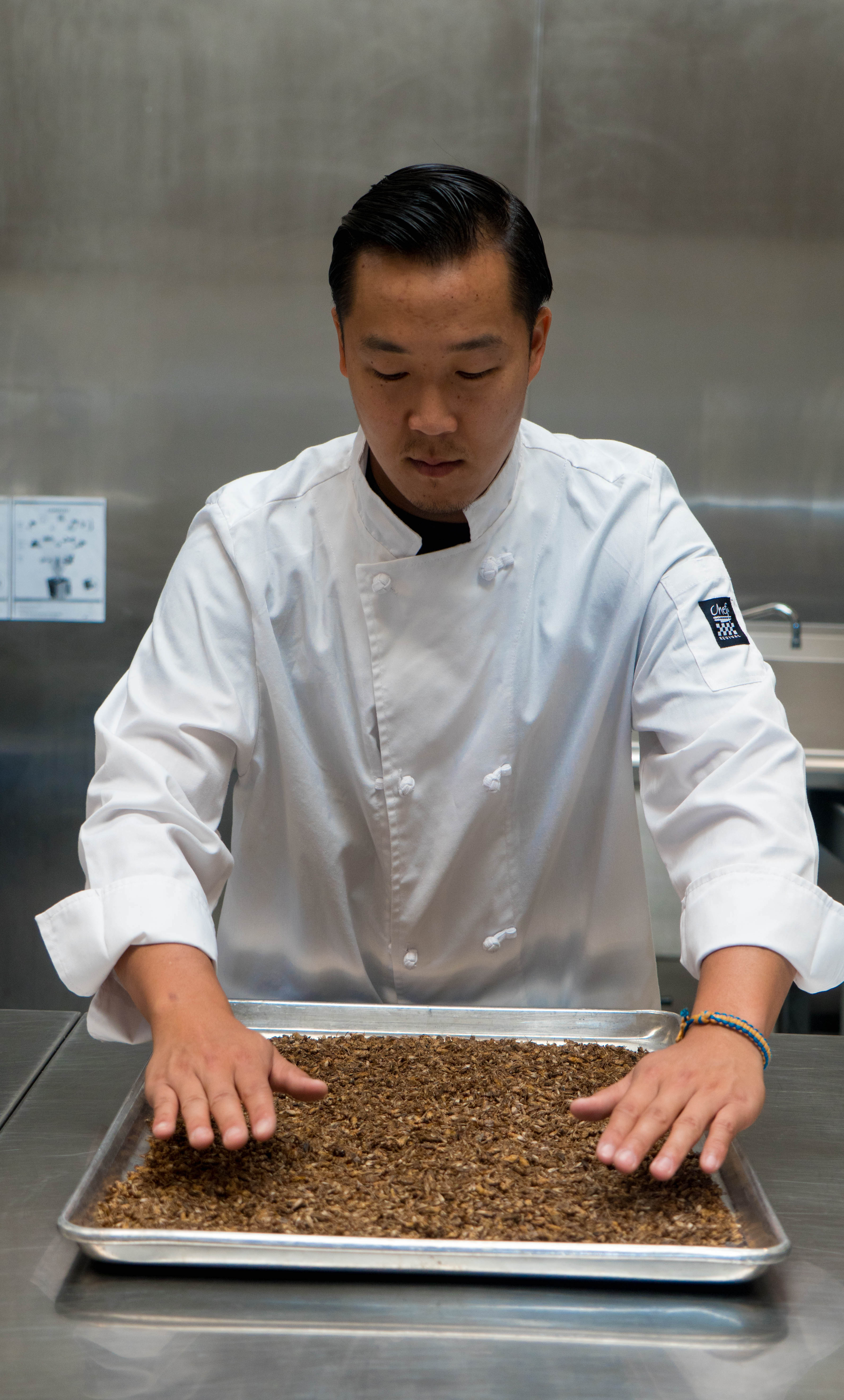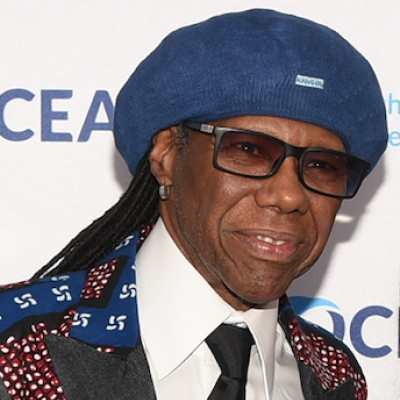Consisting of husband and wife, Andrew and Jena Brentano, and software engineer Daniel Imrie-Situnayake, the co-founders behind Tiny Farms are changing the conversation around the worldwide food shortage—specifically around livestock. Their currently small-scale operation in Oakland, California, is inventing farming techniques to make insects an accessible and affordable source of protein. While subbing in critters for cow seems unthinkable to some, consuming insects provides a variety of benefits all around. Not to mention there are 9.5 billion people, .2billion pets, and over 20 billion livestock animals on this planet. Since that number is only expected to grow, we’re going to have to make some changes if we all want to eat.
To cricket consuming newbies, the idea of eating bugs may be off-putting. Why do you think that is?
There’s a strong cultural stigma in the Western countries against eating insects, and it’s purely psychological. Once people try it, they instantly lose the initial extreme aversion. They may not be ready to start buying frozen crickets to fry up for dinner, but once they eat it and their body realizes at a deep level that they just ate some good food, they lose the extreme reaction.

What drove you towards cricket farming?
Our initial mission with Tiny Farms was to find a way to get Americans eating insects. At the start, 5 years ago, we thought the way to do that was launching a food product. However, we quickly realized that we couldn’t launch an insect food product business because there was no supply of food-grade insects to be found and so we shifted focus to farming.
What ways do insects serve the food system that our standard idea of livestock do not?
Given their amazing efficiency, it is possible for small/localized production to be economically viable. This same high efficiency correlates with a much smaller environmental footprint compared with traditional livestock. By eating less food, their full footprint uses much less land, water, fertilizers, and transportation than goes into traditional meat production. And their waste product, called frass, is a great ready-to-use fertilizer. Unlike traditional animal manures that are wet and noxious, cricket frass is produced as a dry sand-like material that is stable and easy to handle and transport.
What is the mission with Open Bug Farm?
We created Open Bug Farm to be an open innovation platform for the budding insect farming industry. We were receiving thousands of inquiries from people around the world who wanted to start raising their own insects and we just couldn’t respond to them all so we set up the forum (www.openbugfarm.com/forum) to start building a community of knowledge sharing on any topic relating to insect farming. Although not directly intertwined with our core business of commercially farming crickets, we see OpenBugFarm as our way to support the community at large.

You used to sell cricket flour and now you’re selling whole crickets to local chefs, but what does the future look like for Tiny Farms?
We love selling crickets to chefs – recently a restaurant nearby ran a special with cricket quesadillas that were a great hit. Getting crickets onto menus is a great way to grow exposure and start normalizing bugs as food for mainstream consumers. Looking into the future as we launch more farms and start producing much bigger quantities we can even start supplying aquaculture and animal feed with cricket protein to replace fishmeal. The production of fishmeal has devastating environmental consequences (basically dredging all the small fish from the sea and grinding them up to feed larger farmed fish, chickens and pigs), and insects offer a great alternative.












